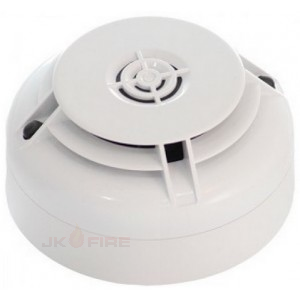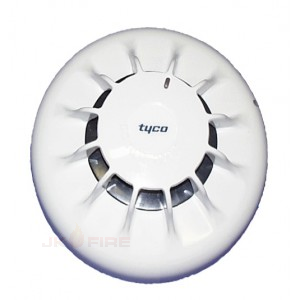Description
Apollo Discovery Marine Ionisation Smoke Detector – 58000-500MAR
Discovery Marine analogue addressable fire detectors are suitable for larger vessels. The high specification range has been developed to meet the requirements of sophisticated systems. Discovery gives you total reassurance in installations where it is necessary to adapt detection to different operating environments and where protection against unwanted alarms is paramount.
The Discovery Marine Ionisation Smoke Detector uses the same outer case as the optical smoke detector and is distinguished by the red indicator LEDs. Inside the case is a printed circuit board which has the ionisation chamber mounted on one side and the signal processing and communications electronics on the other. The ionisation chamber consists of a reference chamber contained inside a smoke chamber.
The outer smoke chamber has inlet apertures fitted with insect resistant mesh. At the junction between reference and smoke chambers, the sensing electrode converts variations in chamber current into voltage changes. When smoke particles enter the ionisation chamber, ions become attached to them with the result that the current flowing through the chamber decreases. This effect is greater in the smoke chamber than in the reference chamber, and the imbalance causes the sensing electrode to become more positive.
The analogue voltage at the sensor electrode is converted to a digital format which is processed to provide an analogue value for transmission to the control panel when the device is polled.
Key Features:
Approved for use in the marine environment
Five response modes for environmental adaptation
Day/night switching for increased flexibility
Drift compensation for false alarm reduction
User programmability for data
XPERT card addressing for increased security
Responds well to fast-burning, flaming fires
Designed to operate in a variety of environments
Remote test feature
Rejection of transient signals






